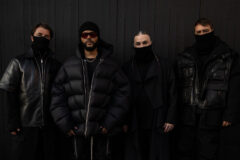EDM’s first — and most important — supergroup came on fast, burned bright and blew away. All three of its members were successful in their own right before joining forces in 2010 for their debut single “One (Your Name).” It featured a vocal from Pharrell Williams and charted in 17 countries, reaching No. 3 on the Billboard Hot Dance Club Songs list.
Five successful singles followed (the only six songs ever released by the group are all considered classics), including the mega-hit “Don’t You Worry Child.” The band sold out Madison Square Garden in minutes, and its high-octane wall of electric noise came to define the EDM era’s sound and aesthetic, including its commercialization.
In 2013, just five years after forming, the group split up. Rumors of in-fighting, substance abuse and all the usual Behind the Music mayhem lingered in the wake of their exit. Angello walked away to make a solo album, while Axwell (Axel Christofer Hedfors) and Ingrosso stayed together, releasing dance-pop hits including 2015's "Something New" and 2017's "More Than You Know.”
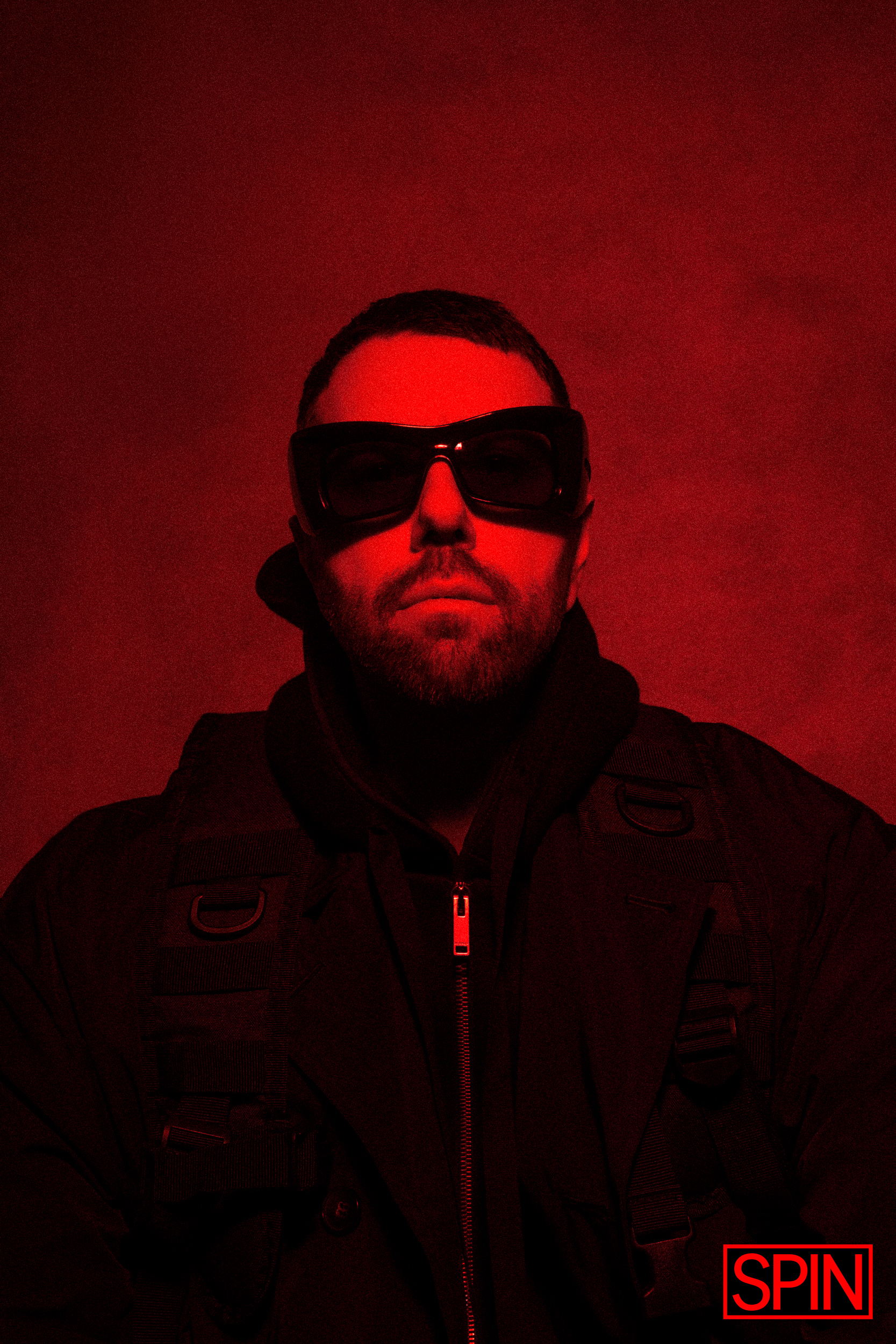
Fans never stopped hoping for a reunion, but the distance between the former bandmates seemed to imply an icy divide — until a bid from Miami’s Ultra Music Festival to play the event’s 20th anniversary as a surprise headliner brought them back.
“To be honest, I never thought we would sit here,” Angello says over Zoom, lounging in an all-black hoodie, now and again stroking his beard with a tattooed hand. “Because when we ended stuff early, like, that was it. Even though we've known each other for our whole lives, we've never spent this much time together.”
Three years and a pandemic later, that surprise reunion has resulted in a new landmark for an electronic group that — until that fateful Miami booking — hadn’t spoken in years.
“When we said ‘Let’s do an album,’ I probably didn't know what it would take,” Axwell adds, his face contemplative under a black baseball cap, a glass of wine in his hand. "If we had said we were going to do it back then, I'm not sure we would have been able to.”
“Probably not,” Angello interjects.
“Or how it would have sounded,” Axwell continues. “It's taken a lot of time, and it's gone through a lot of ups and downs and back and forths. I don't think we've understood yet that we've actually finished an album. I think that it will probably dawn on us in a few months' time.”
I Wanna Know Your Name
The long hard road to Paradise Again was more than just a meeting of minds. It required each man to dig deep into his roots, reconnecting and rebuilding a connection not just with each other, but with their own younger selves. They had to remember why they formed a group in the first place — a shared love of risking it all for dance music that bordered on obsession.
For Angello and Ingrosso, that connection first started at an after-school daycare.
“We came into a fight or something,” Ingrosso remembers of the childhood incident. “We were like eight years old, but then I heard that he liked music like a year after.”
Angello first came to music as a hip-hop head. He collected vinyl by DJ Premier, Gang Starr and Jay-Z while teaching himself how to scratch records on two turntables. Ingrosso, meanwhile, was taking after his dad, who owned a niche house and techno label called Plumphouse Records. He fell in love with records by Carl Cox, Jeff Mills and Moodyman, wearing “raver clothes” around the house (but not at school, for fear of being teased).
“I went up to [Angello] and said, ‘I know you like music, and I know you buy vinyl,” Ingrosso remembers, “‘We should go to your house and play music,’ because he had two vinyl players, and I just had one that was shit.”
A bond was formed, though the hip-hop head and techno freak weren’t too sure how to marry their sonic styles. It needed more than time. It needed divine intervention.
In 1997, Ingrosso’s dad received a white label promo from a new electronic act out of Paris. He called the boys and told them to come to his office.
“I will never forget this,” Ingrosso says. “I was sitting on the stairs at my dad's office, which was a really small, underground, weird space. He just put this vinyl on. It was ‘Da Funk’ [by Daft Punk], and I fucking died. We never heard anything like this. It was so fucking my thing. It was like God came down and gave me a record. I looked at Steve, and Steve looked at me like, ‘Let’s fucking go to the studio.’”
The pair spent the next two years trying to sound like the French duo, discovering some tricks of their own along the way. They also met a fellow house head when Axwell stopped by a party in a Lebanese restaurant for which Ingrosso had created an ambient soundtrack.
"I do remember that moment,” Axwell says. “We meet at the party and Seb says ‘I’m coming to your studio tomorrow.’ I’m like ‘Sure, yes, OK, I guess.’ The next day, he and Steve show up and invite themselves in."
“We kind of forced ourselves into Axwell's life,” Ingrosso laughs. “To be honest, he was much better at making house than we were. He was a better producer, better engineer, better everything. But there was something we had that he didn't have, and it was the playfulness and we-don't-give-a-fuck-ness — the punk.”
Where Axwell took four months to finish a song, Angello and Ingrosso would write one or two in a day. The friends encouraged and inspired each other to work harder and faster, to write better melodies and fresher bass lines. They wanted to create a sound that was distinctly them — distinctly Swedish. It was good that they had each other, because while this trio of restless souls aspired to house greatness, the rest of Stockholm was addicted to hard techno.
“You connected with anybody that had any interest in anything that you did,” Angello says. “It was such a tiny little thing. It was like we were alone on Earth.”
That’s how they became close with Eric Prydz, another current-day house legend from the techno-fueled streets of Stockholm. While he chose not to be a member of the band, Prydz became the de-facto fourth member of the rising unofficial collective.
“We were out in Stockholm, and nobody wanted to hear us play,” Axwell says of the early 2000s. “We couldn't get any shows at all. We were hustling our way into clubs and forcing the local DJs to play our songs.”
“And then we would guest play [at a club],” Angello cuts in. “Jump on for a minute, and we would do that all night.”
“We would stand next to him and move him out of the way,” Axwell says. “What we did was not cool enough, and a lot of purists would say, ‘Who do these guys think they are? Coming here with their noisy music that's like fucking in-your-face.’ We got a lot of hate on forums and shit, and young as we were with the internet in its early days, you would think that you could actually win an argument on a forum. We would say ‘Fuck you guys, we are the Swedish House Mafia and blah blah blah.’ We would rant. That’s how [the name] happened.”
The newly-minted Swedish House Mafia couldn’t get booked anywhere, so what did they do? They started their own parties. Then they started their own labels, remixed each other's songs and took just about every opportunity that came their way.
“It was like the early days of punk for us,” Angello says. “It made us always aim internationally. Our mindset was just like, from a little local kid growing up somewhere, how do you conquer London?”
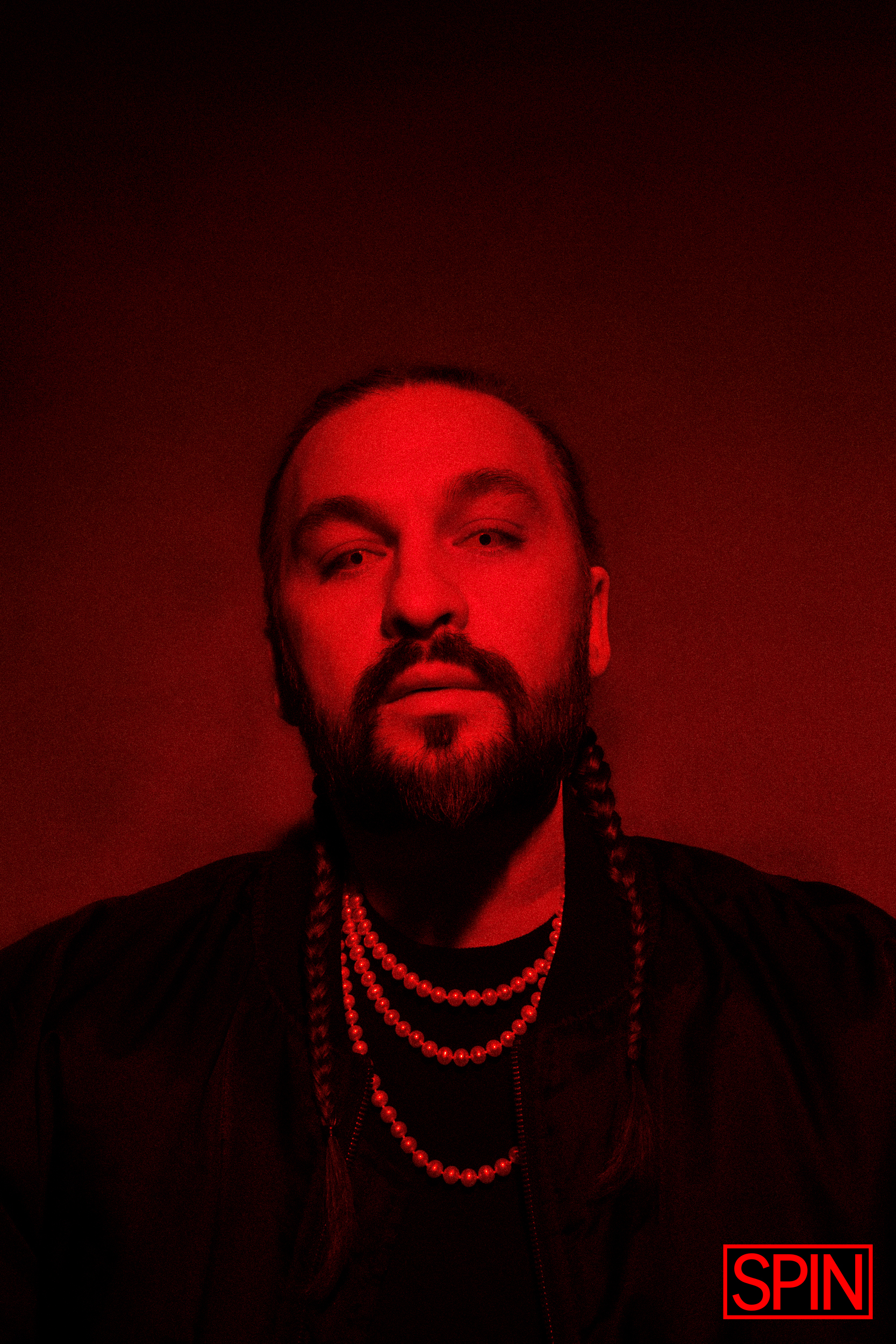
“It was never a question of if it was good or not,” Axwell adds. “It was more ‘When will everybody get it?’ We were just sure that this was the shit.”
He wasn’t wrong.
By the mid-2000s, Axwell, Ingrosso and Angello’s tireless hustle led to global acclaim. All three men were constantly pushing out catchy hard-hitting house tunes that began to create a uniquely Swedish sound.
Individually, they began to win awards and rising placements on the annual fan-voted DJ Mag Top 100 international DJ rankings. They were tapped for official remixes by Madonna, Moby, Robyn, Justin Timberlake and others, all the while releasing collaborations between themselves.
“Our manager at the time, Amy [Thomson], was probably the one who saw that there was something in this,” Axwell says. “We were just in the whole thing too much. We couldn't see it from the outside that it was a thing — that these three guys can actually be one.”
“One”
When “Swedish House Mafia” the agreed-upon collective became Swedish House Mafia the group in 2008, something magical happened.
The supergroup immediately earned bookings from club and festival promoters around the world, including its debut set at Miami’s Ultra Fest in March 2009. But it was the release of the trio’s first official single, “One,” that saw them go from blog favorites to international superstars.
Its harsh synth stab of a hook pierced the air like a lightning bolt in darkness. Crashing electric snares (a sound now attributed to their old pal Prydz), mile-high euphoric builds and thunderous bass mixed into a forceful sound all at once aggressive and rapturous, and it came at exactly the same moment as a new buzzword: EDM.
“All of us three in the band [believe] you have to have some type of melody that you remember after you come home from the rave and did like 14 ecstasy pills and joints,” Ingrosso says. “That's actually how we thought. We were like, ‘We need to make a bass line for when you go to the bathroom and pee, and you only hear the bass. You have to remember the bass line.’”
Together, the three men distilled the energy of their “fuck you” attitude into an electrifying sound, then they projected it from bigger stages than they’d ever graced alone. Their mantra of “us against the world” became a global zeitgeist, and it only worked if all three egos approved.
“Every step of the way we always thought ‘I wish people could see the hard work that's behind this,’” Angello says. “We were always grinding from the first to the last show. We were always expecting to put in 150%. I don't feel like anything's ever been smooth sailing. It was a battle. We are three guys. We have three thoughts and ideas. But when we grind it into this one little piece, that's when it's Swedish House Mafia.”
Crowds across the Americas erupted in form, ravenous to devour this new electronic dance sound that merged hip hop’s heavy drums with arena rock production. Confetti cannons and smoke machines got bigger, pyrotechnics got larger, and drop after drop, EDM became more and more a spectacle.
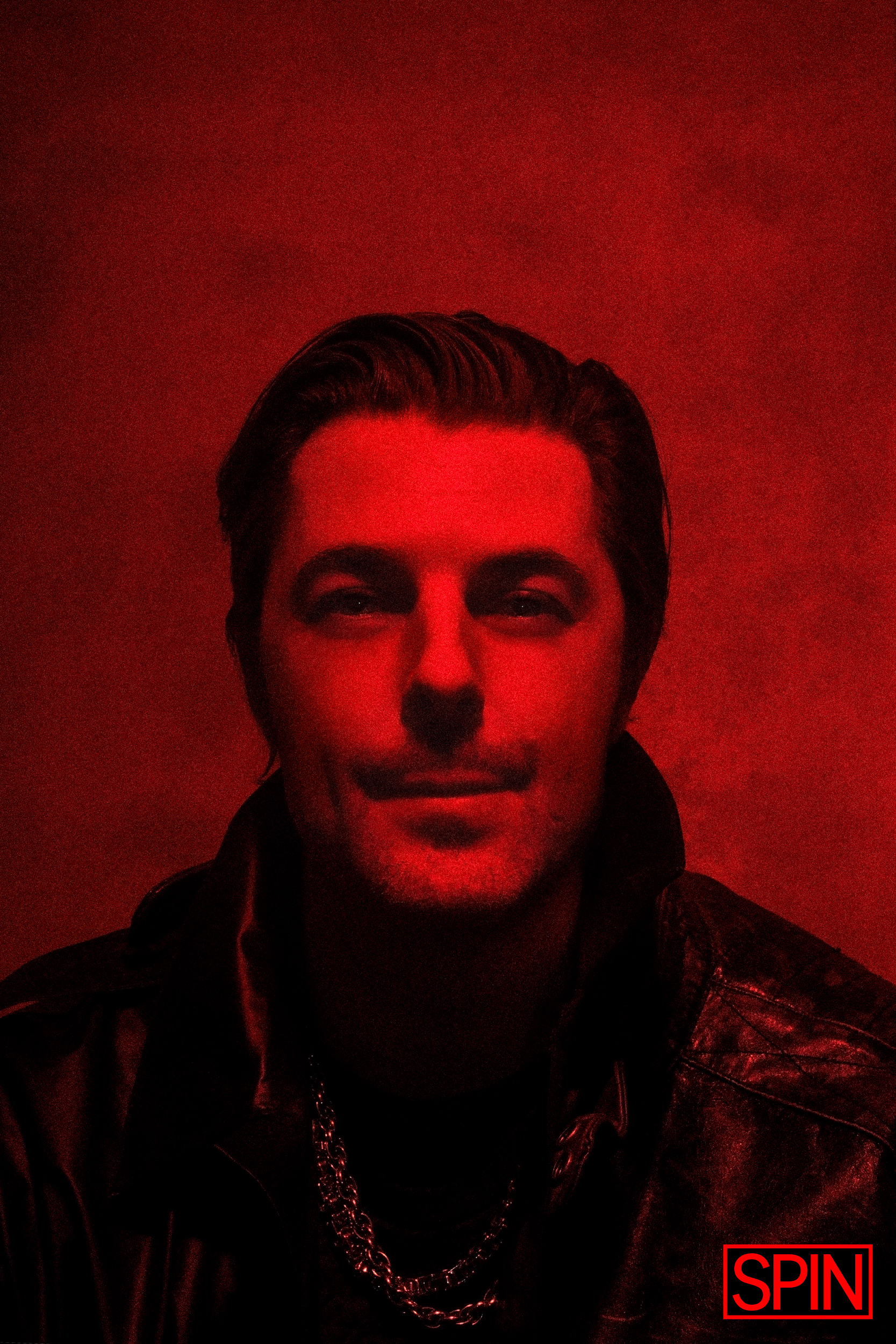
With consecutive singles “Miami 2 Ibiza," "Save the World," "Antidote," "Greyhound" and "Don't You Worry Child," Swedish House Mafia wasn’t just riding the wave. It was directing the flow.
“I guess it became commercial because it made sense for people to listen to it and remember it more than just the typical underground dance music,” Ingrosso says. “But we didn't have the intention to make it commercial.”
The ultimate high came in 2011. Armed with a full team, the guys figured that if they’d made it big thus far, why not do the biggest thing they could imagine?
“We were like, ‘Yo, we want to do a rave in [New York City’s Madison Square] Garden,’" Axwell says. “They're like, ‘What the fuck are you talking like? Nobody can do that.’”
“We did a huge marketing campaign in New York,” Ingrosso adds. “We said, ‘If you don't know who we are, don't come.’”
Tickets sold out in nine minutes.
“When we did a whole run and it was successful — and we actually had a Billboard Top 10 with ‘Don't You Worry Child’ — we still didn't understand what the fuck was going on,” Ingrosso says.
“There was very much a naiveness going through the whole thing, and that's probably a blessing,” Axwell says. “You don't overthink things. You just go because you don't have any experience to compare anything with.”
“That's the beauty of it,” Angello says. “Can you imagine? If I could reset to that feeling. We know too much.”
Those Days Are Gone
Swedish House Mafia worked because the men at its center believed themselves a force to be reckoned with. They clawed their way to the top of the musical food chain, proved themselves to anyone who ever denied the vision, and they won everything in return.
It’s not that the fire in their hearts stopped burning. They just ran out of things to fight. All they had left was themselves, and in 2013, they decided that just wasn’t cutting it.
The band broke up, redirecting that energy into personal projects, labels and families. All in all, Swedish House Mafia released six songs, conquered the world, then walked away.
“I think everything happens for a reason,” Axwell says. “I’ve thought about ‘What if we never called it quits? What would we have done then?’ I fail to see how it would have been as interesting as it feels today.”
During their five years away, EDM died. Over-saturated and over-done, the “big room” sound they helped popularize became a parody of itself, and the American dance music scene broke back into a series of underground cliques.
“All our fans and everyone else was tired of this fucking saturated sound and all the festivals and everything — even if it's packed every year,” Ingrosso says. “It just felt like nothing new was coming, and we felt really alone in that space coming back.”
“When we decided to run it back, I felt that naiveness,” Angello says. “I felt that there was no judgment, no expectations. I didn't expect us to go back and do ‘Don't You Worry Child,’ part three, four, five and six. We were just like a fresh new page, and that made me feel like I was 15 again.”
If they were going to rip it up and start again, they’d have to rip it all.
“We aren’t Rolling Stones old, but we're not really the youngest guys out there, and it's fucking hard to reinvent yourself,” Ingrosso says. “It took me a long time to become young — to reach the 16-year-old guy in me that was nervous on a Friday night going to a rave in the woods — but I think that it's going to live longer if we just risk everything we've done, say “Fuck the old hits. Fuck the tour. Fuck everything. Let's just risk it, be punk, and do whatever we feel because it's genuine.’”
“It Gets Better”
Oddly enough, the pandemic was the best thing that ever happened to Swedish House Mafia. All three of the guys are now family men and still living in Stockholm, so when the world closed up, it actually bought them time.
It started simple in 2018, just around the Ultra reunion.
“I remember the first second we stood there on stage,” Angello says. “That crowd, the energy, I was like, ‘What the fuck is going on?’ You have to understand that we've been playing individually for seven years, but it was a different type of energy. It was like reuniting with your family that you haven't seen.”
The three men made a pact then and there to give a second round a try. If they were going to come back, they were going to do it right, get in the studio, and make something fresh. They’d make an album.
After a few rounds of musical show-and-tell, it soon became obvious that the three friends were meeting all over again. They were picking each other’s brains, getting to know each person’s style and likes as if for the first time.
“I like LCD Soundsystem because they're a rock band making electronic music,” Ingrosso says. “I like Daft Punk because they're fucking techno guys making disco. You need that clash. Steve, for example, he was a hip-hop guy. I wanted to know how I could put his sampling ideas into my techno beats. That's where I think Axwell comes in, making computer music with a lot of melodies.
“We meet in the middle somehow,” he continues. “Nobody compromises, but when all three of us start to like something, then it becomes really cool. I feel the contrasts, I feel the weirdness, and I feel that polishedness also sometimes.”
The band worked with Desembra in the studio, a young Swede on the scene whom Ingrosso discovered on SoundCloud. He helped the guys steer themselves toward common ground. After months of back-and-forth drafts in quarantine, ideas began to emerge, and the sounds that followed came from deep inside.
“We couldn't road test any music, and we couldn't get any influences from playing to crowds,” Axwell says. “So we were reevaluating the music constantly.”
“And you're more critical [than a crowd],” Angello adds. “When you're out there, you can play a kick drum and the crowd goes nuts, and you're like, ‘Oh, this is great.’”
“Now we have to really ask, 'Does this song have to exist?’” Axwell continues. “‘What good does it do to the world?’ I'm sure that some people are really good at banging out albums really fast. We are not those people, and I really hope the listeners like the songs, but maybe also they will hear that there's been a lot of work behind it.”
“And time,” Angello interjects.
“It's like a craftsmanship situation,” Axwell finishes.
The world got its first peek into the new era with “It Gets Better.” Released in July, it was just as bombastic as their first introduction, but it was deeper. It’s decidedly funky, yet unsettling, the way a religious reckoning can be terrifying and also leave you inspired.
“That song specifically, we wanted to do something different that felt energetic, but also powerful and kind of dark,” Angello says. “It's darker, but if you play it after ‘Antidote,’ it's still the same DNA.”
The video showcases the three men clad in black, tied up in heavy-duty cables and suspended above a writhing throng of muddied dancers. The guys are completely lifeless, but the massive medieval-meets-sci-fi festival crowd beneath pulls them back to the world of the living.
Or in other words, spiritual rebirth is at the center of the project.
The album, which Axwell says contains “between 14 and more” songs, is titled Paradise Again. The concept of the music, videos and overall aesthetic of the LP is the tale of Dante’s Inferno, but flipped upside down. Swedish House Mafia has spent the past three years in a COVID-induced hell confronting their demons and each other. Now, they’re clamoring to get back to their heaven, which looks like a DJ booth out among their fans all over the world.
“Chances are that without them being so persistent in trying to resurrect Swedish House Mafia, we maybe wouldn't have,” Axwell says. “There was a demand for Swedish House Mafia to come back, and that gave us the tingle — the rush of ‘Fuck, maybe we should do it again.’”
“That's our paradise,” Angello says.
Three more singles have followed, and the story continues to unfold. “Lifetime” with Ty Dolla $ign and 070 Shake sees the men journey through a desert. “Moth To a Flame” features The Weeknd and shows SHM making contact with lifeless forms. Both songs are radio-friendly and festival-ready with sing-along vocals, but still contain the haunted robot sound.
The latest single, “Red Light,” is the heaviest they’ve released yet. It’s a pulsing techno-influenced banger that features a vocal from Sting that he re-recorded for the guys to use after they wrote the song with a sample from The Police’s mega-hit “Roxanne.”
“For him to agree that this treasure of his should be slaughtered in a song like this, it's kind of rare,” Axwell says. “Most of the time, if somebody would do a song with Sting…”
“They would have probably used the hook,” Angello laughs.
“After making a record with The Weeknd,” Ingrosso says. “We just went fuckin 180° the other way, made the hardest house techno banger and sampled Sting. That's actually more Swedish House Mafia than it's ever been, to be honest, and it feels fucking great.”
Another struggle bested, another mountain climbed. After three years of hair-pulling, head-butting and refusing to compromise a single artist’s vision until everyone was on the same page, Swedish House Mafia fit their square pegs into one giant aux cord hole and crafted an album that gives all of them the chills.
“When you listen to this album, listen from start to finish,” Ingrosso says. “I don't care if it has 50 streams. I don't give a fuck. We just feel like we still have something to say, and that's why we're saying it.”
“At the end of the day, it's music,” Axwell says. “It's not bookkeeping. It's not work. It's supposed to be passion.”
“Emotions,” Angello adds.
“Whatever we've done, it's because we want to do something that excites us,” Axwell continues. “That's why we shut it down. That's why we played Ultra and did some shows, and that's why we made music again together.”
He pauses for a moment, thinks and smiles.
“Almost time to shut it down again.”

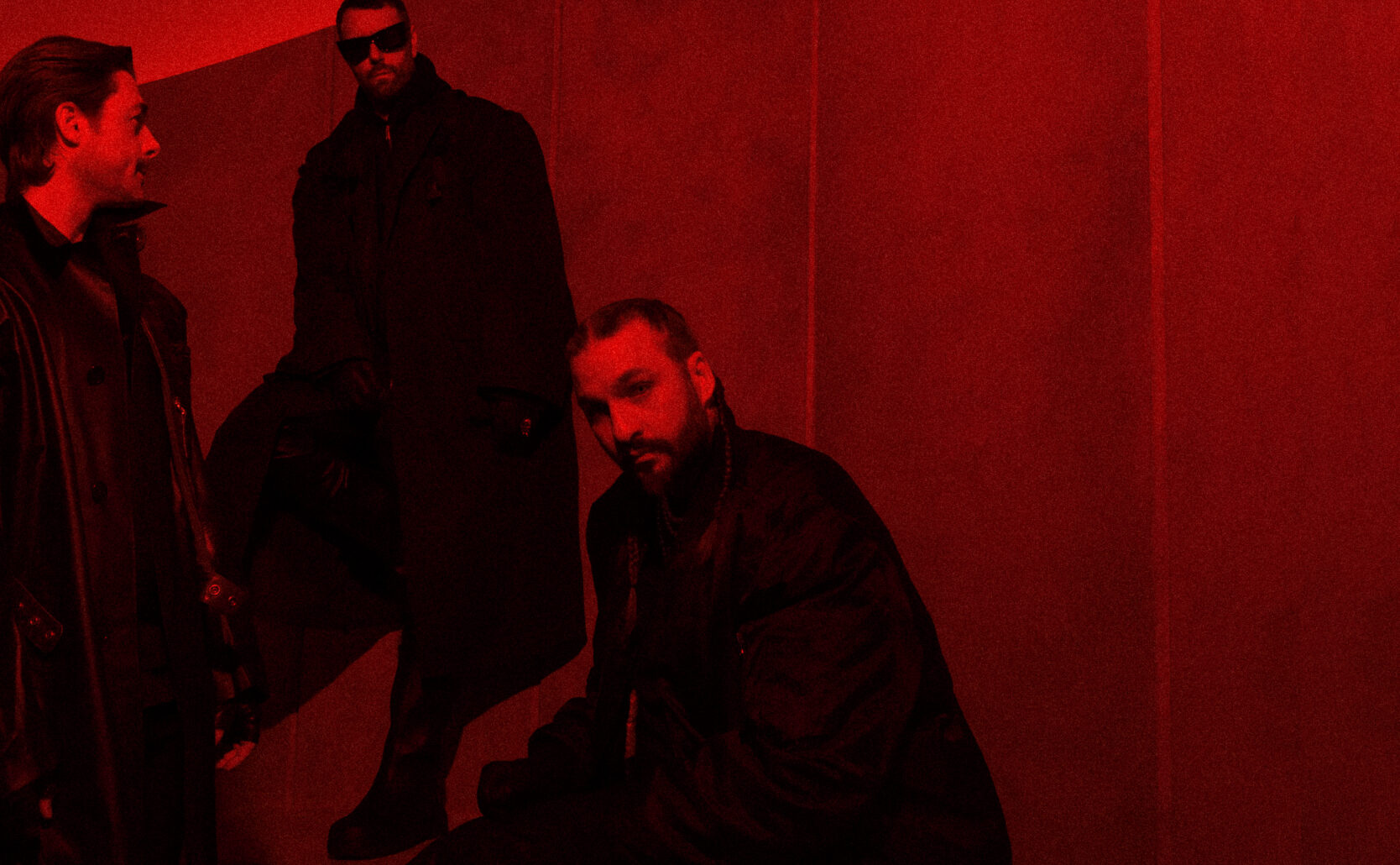
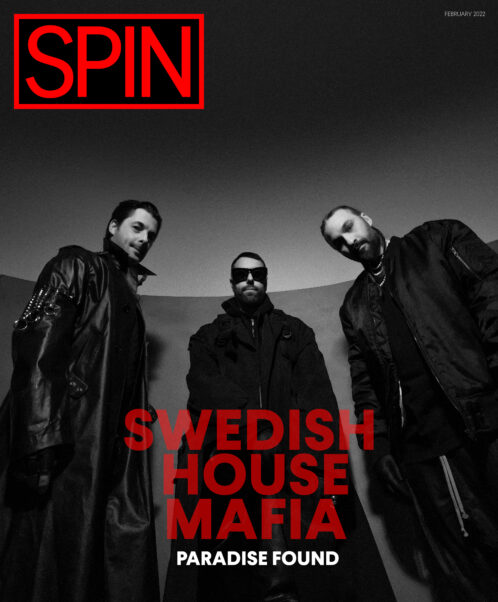
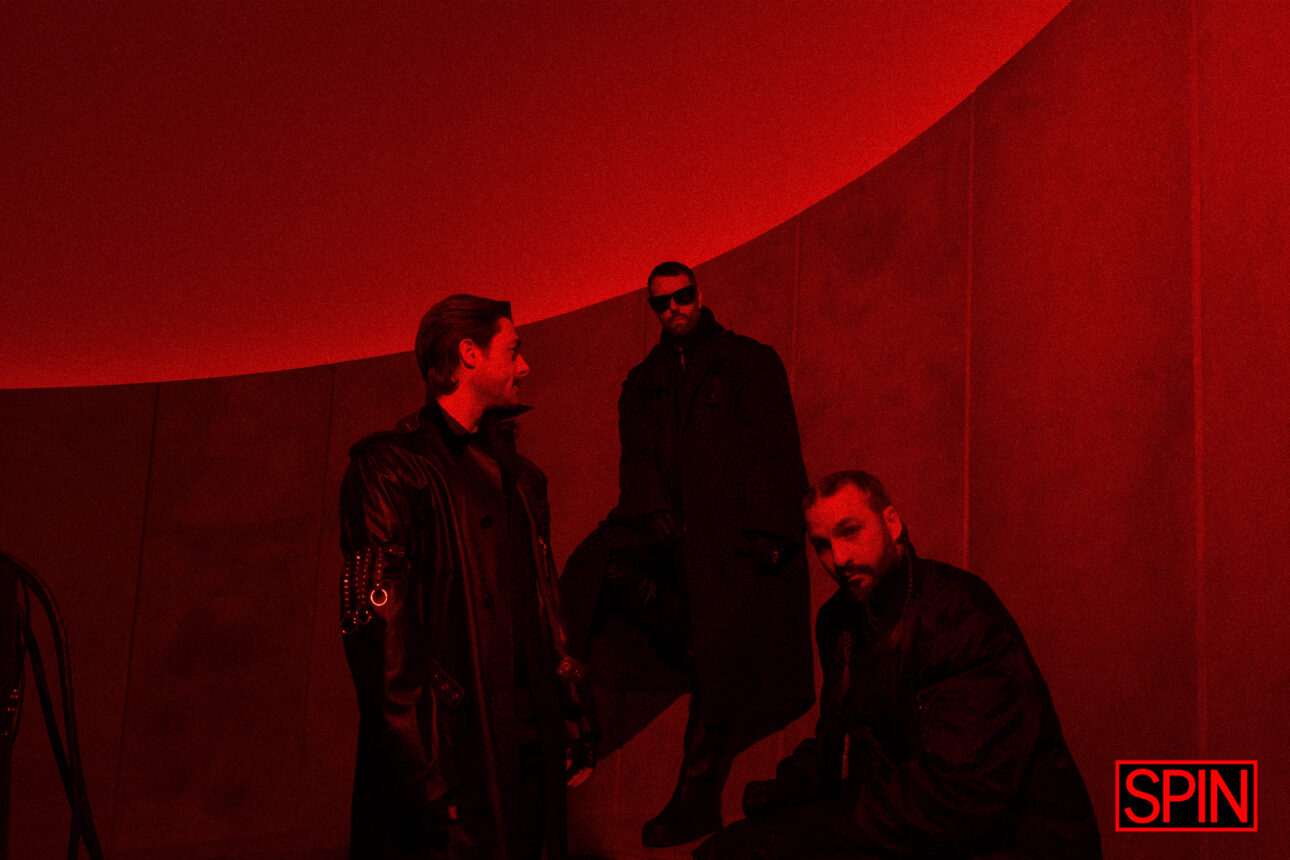 Photo Credit: Therese Öhrvall
Photo Credit: Therese Öhrvall
